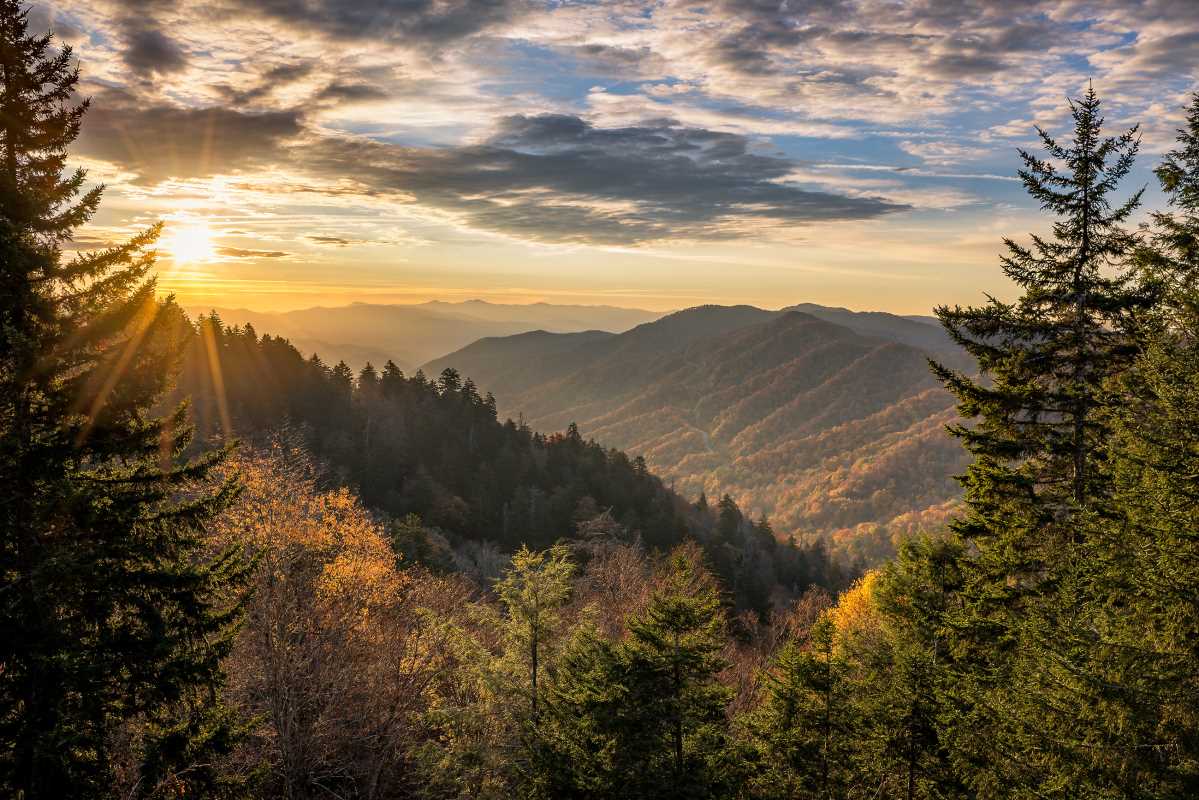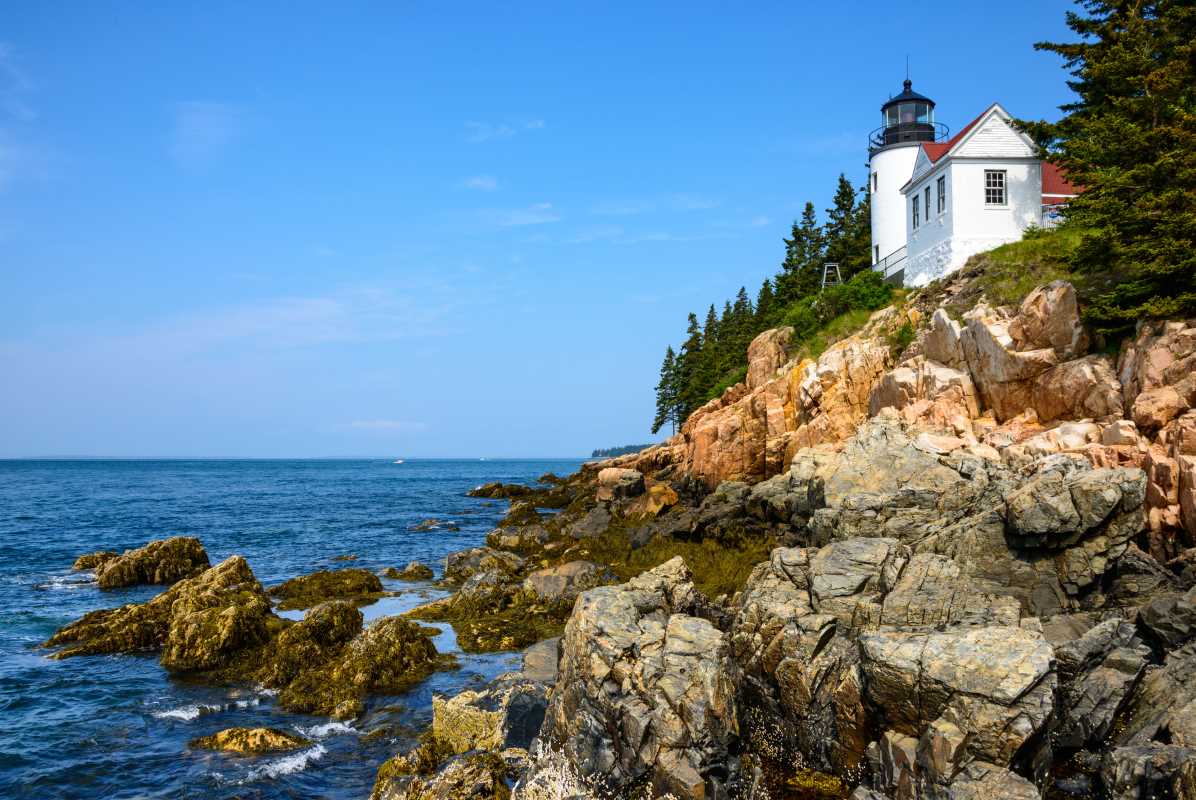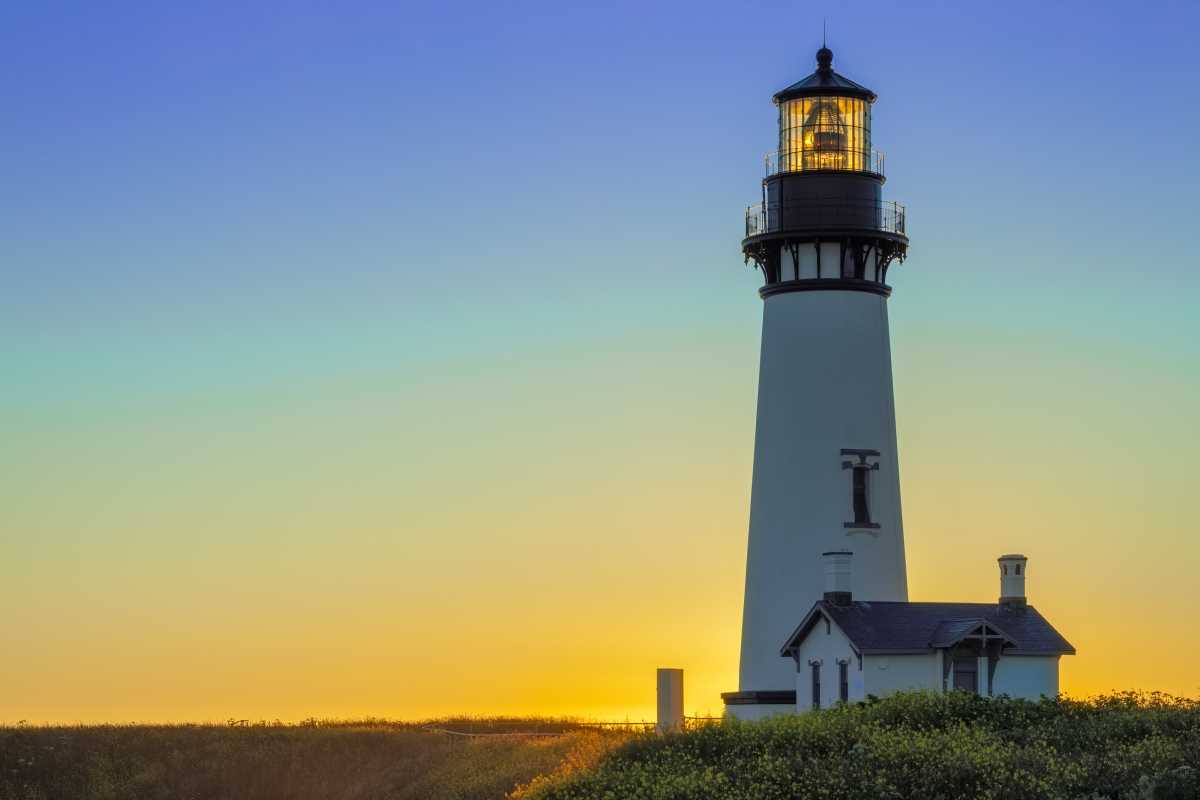When you think of Washington D.C., images of grand monuments, marble government buildings, and the National Mall likely come to mind. While those landmarks are the heart of the nation's capital, a different, more vibrant D.C. exists just beyond the tourist maps. It's a city of diverse neighborhoods, each with its own distinct history, flavor, and rhythm, offering a rich cultural tapestry that’s waiting to be explored by curious travelers.
Beyond the Monuments: A City of Neighborhoods
Washington D.C. is much more than the political center of the United States; it's a living, breathing city with a soul shaped by centuries of history and waves of immigration. The city's true character is found in its unique neighborhoods, which serve as cultural corners where history, art, food, and community intersect. From the historic African American heritage of U Street to the vibrant Latin American culture in Columbia Heights, exploring these areas offers a deeper, more authentic understanding of the capital city. This guide will take you on a tour of some of D.C.'s most dynamic cultural hubs.
U Street Corridor: The Heart of "Black Broadway"
For much of the 20th century, the U Street Corridor was the epicenter of African American culture in the United States. Known as "Black Broadway," its theaters and clubs hosted legendary performers like Duke Ellington (who was born here), Cab Calloway, and Ella Fitzgerald. While the neighborhood has evolved, that powerful history still echoes through its streets.
A Walk Through History
Start your exploration at the African American Civil War Memorial and Museum. The memorial features a striking sculpture honoring the more than 200,000 African American soldiers and sailors who fought for the Union. The adjacent museum provides a crucial and often overlooked history of their contributions. From there, wander down U Street and look for the plaques and murals that celebrate its storied past.
No visit is complete without a stop at Ben's Chili Bowl. This iconic diner, which has been serving its famous half-smokes since 1958, is a living landmark. It served as a community hub and safe space during the 1968 riots and has been a required stop for presidents and celebrities ever since. Sitting at the counter is like taking a bite out of D.C. history.
Modern U Street
Today, U Street is a bustling entertainment district where history and modernity coexist. The historic Lincoln Theatre and Howard Theatre have been beautifully restored and now host a variety of concerts and events. The area is also packed with fantastic restaurants, independent shops, and lively bars. It’s a neighborhood that buzzes with energy day and night, a testament to its enduring legacy as a cultural crossroads.
Columbia Heights and Mount Pleasant: A Taste of Latin America
Just north of U Street, the neighborhoods of Columbia Heights and Mount Pleasant are the vibrant heart of D.C.'s Latin American community. This is where you come for authentic food, lively music, and a strong sense of community spirit that feels a world away from the federal buildings downtown.
Culinary Delights
The best way to experience this area is through your taste buds. The streets are lined with pupuserias, taquerias, and bakeries serving specialties from El Salvador, Mexico, Peru, and beyond. Head to the GALA Hispanic Theatre area in Columbia Heights for a concentration of incredible eateries. Don't be afraid to walk into a small, unassuming spot—that's often where you'll find the best food. Be sure to try a pupusa, a thick corn tortilla stuffed with cheese, beans, or meat; it's a Salvadoran specialty and a local favorite.
A Community Hub
Mount Pleasant Street, the main drag of the neighboring Mount Pleasant, has a charming, small-town feel with independently owned shops and restaurants. On Saturdays, the Mount Pleasant Farmers' Market is a lively gathering spot where you can buy fresh produce and local goods. The neighborhood is also home to the Mexican Cultural Institute, which hosts art exhibitions, concerts, and events that offer a deeper dive into Mexican culture. It’s housed in a stunning mansion and is free to visit.
Dupont Circle: Embassies, Art, and History
Dupont Circle has long been one of D.C.'s most cosmopolitan neighborhoods. Known for its stately traffic circle and fountain, the area is home to Embassy Row, world-class art galleries, and historic homes, giving it a sophisticated, international vibe.
Embassy Row
Take a walk along Massachusetts Avenue, northwest of the circle, and you'll find yourself on Embassy Row. Here, dozens of countries have their diplomatic missions, many housed in magnificent historic mansions. It’s an architectural tour of the world, with each building reflecting the character of its home nation. While you can’t just walk in, many embassies host open houses in May during the Passport DC event, offering a rare look inside.
The Phillips Collection
Tucked away on a quiet street just off the circle is The Phillips Collection, America's first museum of modern art. Housed in the founder's intimate former home, it offers a unique and personal art-viewing experience. Seeing masterpieces like Renoir's "Luncheon of the Boating Party" in a cozy, domestic setting is a completely different feeling than seeing art in a massive national museum.
Capitol Hill and Eastern Market: Local Life in the Shadow of the Dome
While Capitol Hill is the seat of the U.S. government, it’s also D.C.'s largest and one of its oldest residential neighborhoods. Beyond the Capitol Dome and the Supreme Court, you'll find charming tree-lined streets, beautiful 19th-century rowhouses, and a vibrant local community centered around a historic market.
Eastern Market
A neighborhood institution since 1873, Eastern Market is the heart and soul of Capitol Hill. Inside, vendors sell fresh produce, meat, cheese, and baked goods. On weekends, the market expands outdoors with a bustling flea market where you can find everything from handmade jewelry and crafts to antiques and collectibles. It’s the perfect place to grab lunch, people-watch, and find a unique D.C. souvenir.
Barracks Row
Just south of Eastern Market is 8th Street SE, known as Barracks Row. It's the city's oldest commercial district and gets its name from the Marine Barracks located at its southern end. The street is lined with a diverse array of restaurants, from casual pubs to upscale dining, making it a popular spot for locals and visitors alike.
Planning Your Cultural Exploration
- Use Public Transportation: D.C. is a very walkable city, and its Metrorail and bus system is an efficient way to hop between neighborhoods. Parking can be difficult and expensive, so it’s best to leave the car behind.
- Go on Foot: The best way to get a feel for a neighborhood is to walk it. Wear comfortable shoes and be prepared to wander down side streets and alleys—you never know what you might discover.
- Look for Festivals and Events: D.C. hosts cultural festivals throughout the year, from the Smithsonian Folklife Festival on the National Mall in the summer to neighborhood-specific events like the H Street Festival in the fall. Check local event calendars before your trip.
- Eat Everything: Food is one of the most accessible entry points into a culture. Be adventurous and try the dishes that define a neighborhood, whether it's Ethiopian food on U Street or Central American fare in Mount Pleasant.
While Washington D.C.'s national monuments tell the story of a nation, its cultural corners tell the story of a city. By venturing into these diverse neighborhoods, you’ll discover the rich history, vibrant communities, and hidden gems that make the capital a truly dynamic and fascinating place to visit.
 (Image via
(Image via




.jpg)
.jpg)